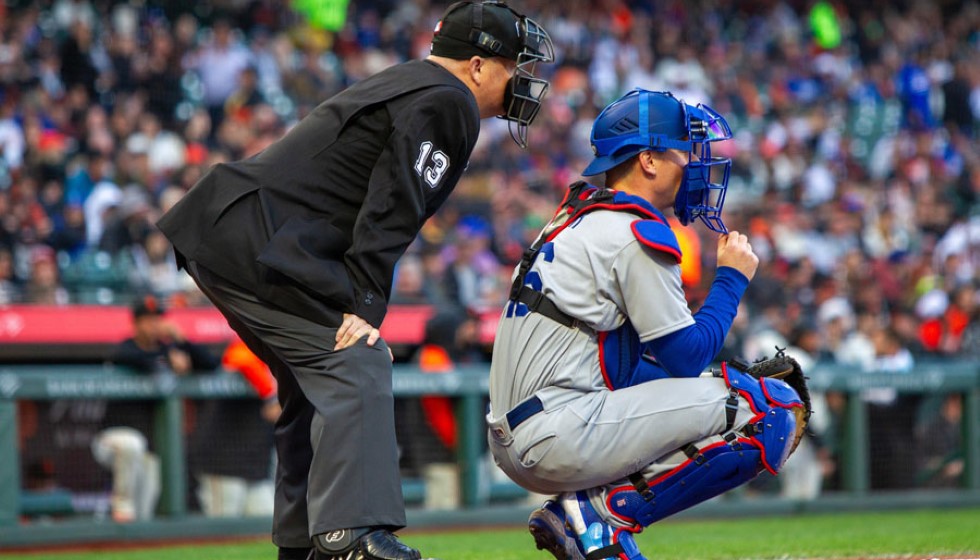
Understanding the MLB Qualifying Offer Deadline
As the Major League Baseball season wraps up, there’s another significant date that teams and players alike have circled on their calendars. By 5 p.m. ET on a recent Monday, MLB teams were required to finalize their decisions on extending qualifying offers to pending free agents. This move often sets the stage for the coming off-season's maneuvers and strategies.
The qualifying offer, initially introduced in 2012, is more than just an offer—it is a strategic tool for MLB teams. This season, the one-year contract is valued at $21.05 million. But deciding whether to extend or accept such an offer is no simple matter; it requires careful consideration of market value, team strategy, and personal career goals.
Historically, players have been hesitant to accept these offers. Since the qualifying offer’s inception, only 13 out of 131 players have accepted it. This trend underscores the appeal of entering free agency, where players can test the waters of the open market, potentially landing more lucrative, long-term deals.
The 14-Day Decision Window
Players have a 14-day period to weigh their options—to either accept the qualifying offer or reject it and enter free agency. This decision is pivotal, not just for the players involved but for the teams as well. By entering free agency, players decline a hefty one-year salary in hopes of a more rewarding multi-year deal. The stakes are high, and players must carefully assess current market conditions and potential landing spots.
For teams, the rejection of a qualifying offer by a player triggers a draft-pick compensation mechanism. This compensation is vital, as it aims to balance the loss of talented players with new opportunities to build depth through the draft. The specifics of this compensation are influenced by the team’s revenue-sharing status and the player’s eventual contract value with another team. Teams impacted by such decisions face penalties, including the loss of draft picks and reductions in international bonus allocations. Hence, these choices carry consequences that shape not only the immediate roster but the long-term future of the team.
Rules and Restrictions
There are certain nuances and restrictions involved in the qualifying offer process. Notably, players who have switched teams midseason or those who have previously received a qualifying offer cannot be offered another one. This rule helps maintain balance and fairness, preventing perpetual leverage over players who might otherwise be caught in recurring cycles of short-term contracts.
The final deadline for players to accept or reject their qualifying offers is set for November 19. As this date approaches, both fans and teams eagerly anticipate the decisions, each choice carrying a ripple effect throughout the league. The outcomes can influence team strategies, shape market dynamics, and set the tone for the winter meetings.
This period is not only a test of the players' market value but also a gauge of a team’s positioning and ambition. The use of qualifying offers as a strategic tool reflects broader league trends and player valuations, signaling shifts in the baseball landscape as teams prepare for new campaigns.
As the dust settles on the qualification offer deadline, the baseball community awaits the next moves in a fast-evolving off-season. What follows is an intricate dance of negotiations, where agents, players, and teams maneuver for advantage, seeking to align talent and aspirations in the pursuit of championship glories.